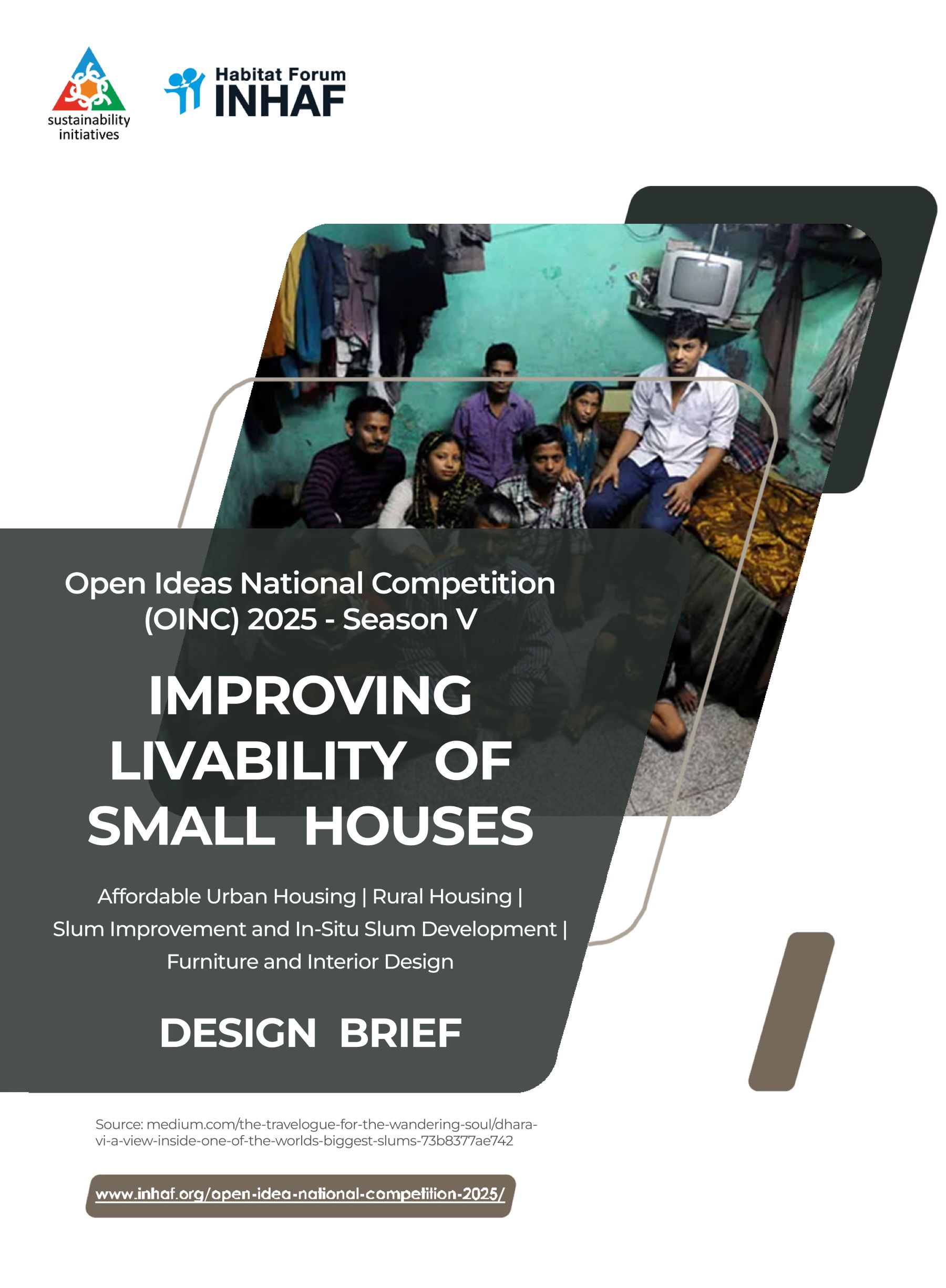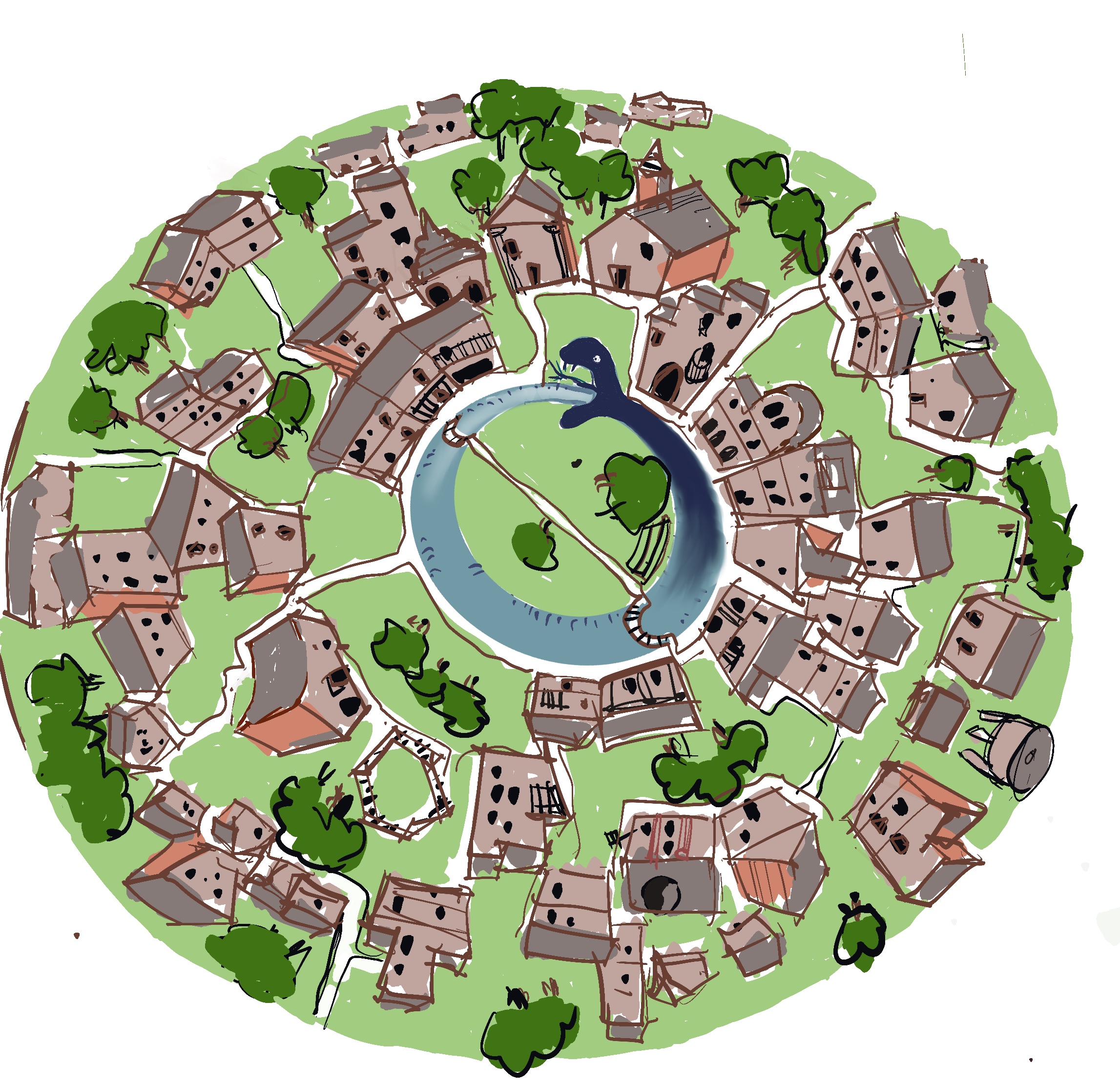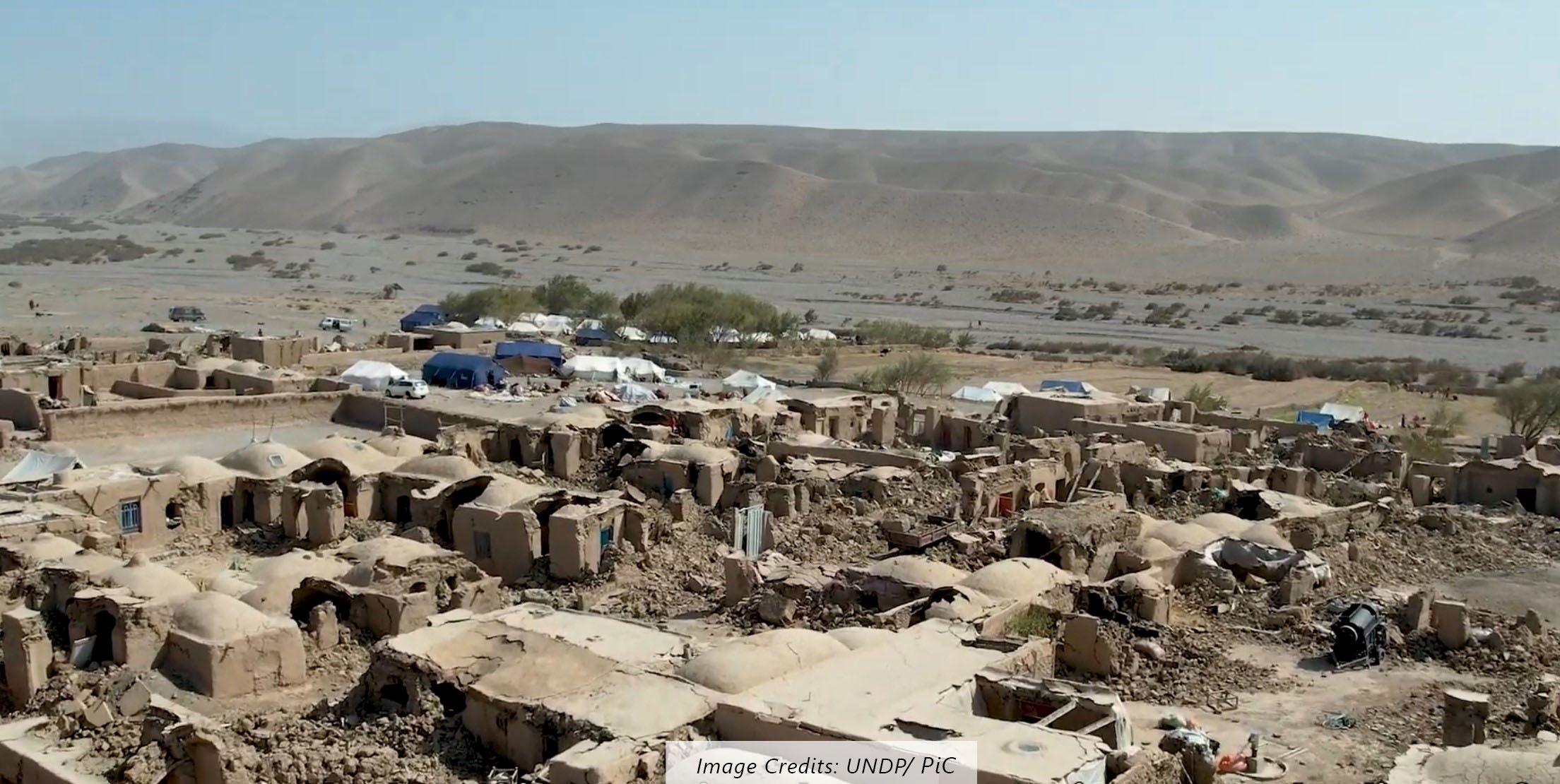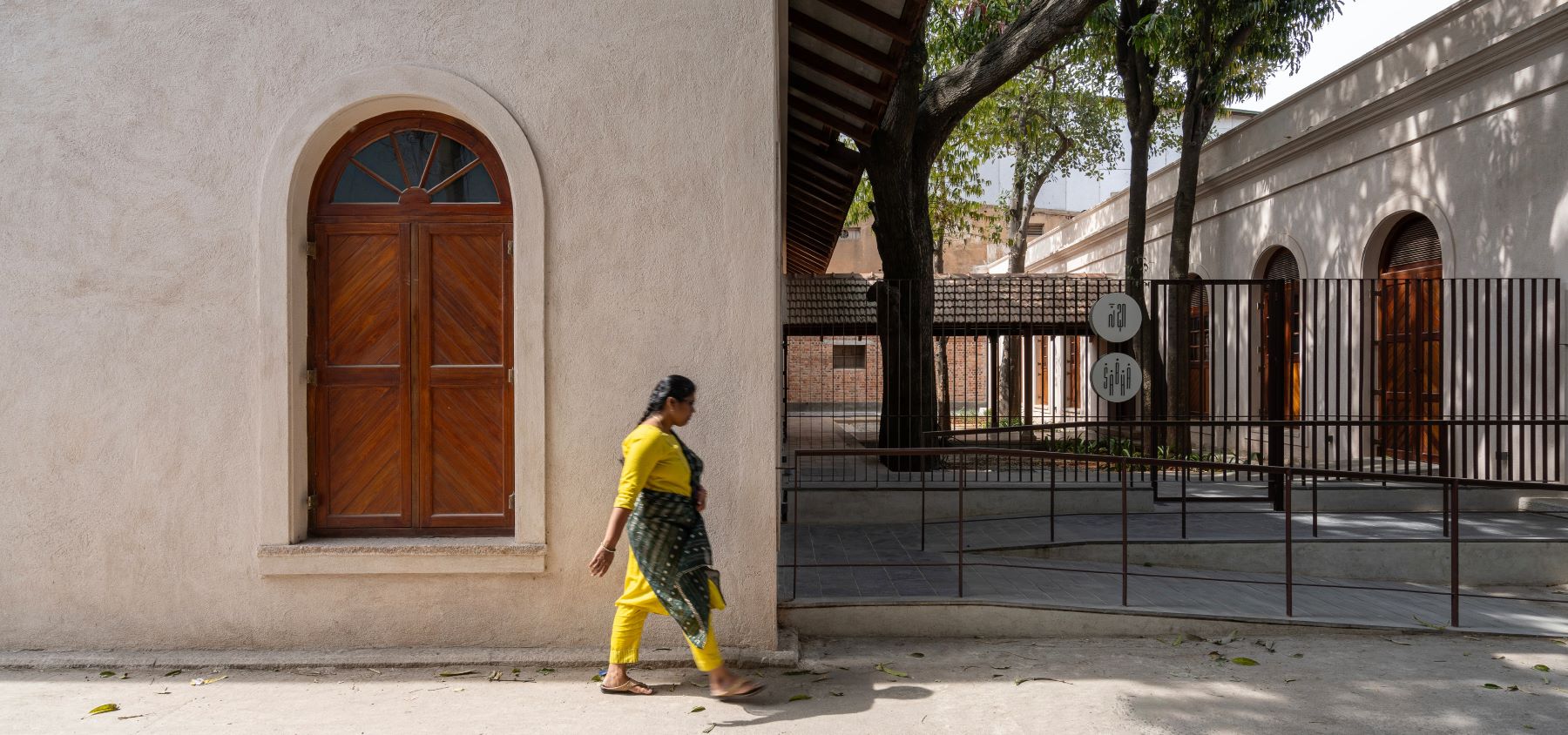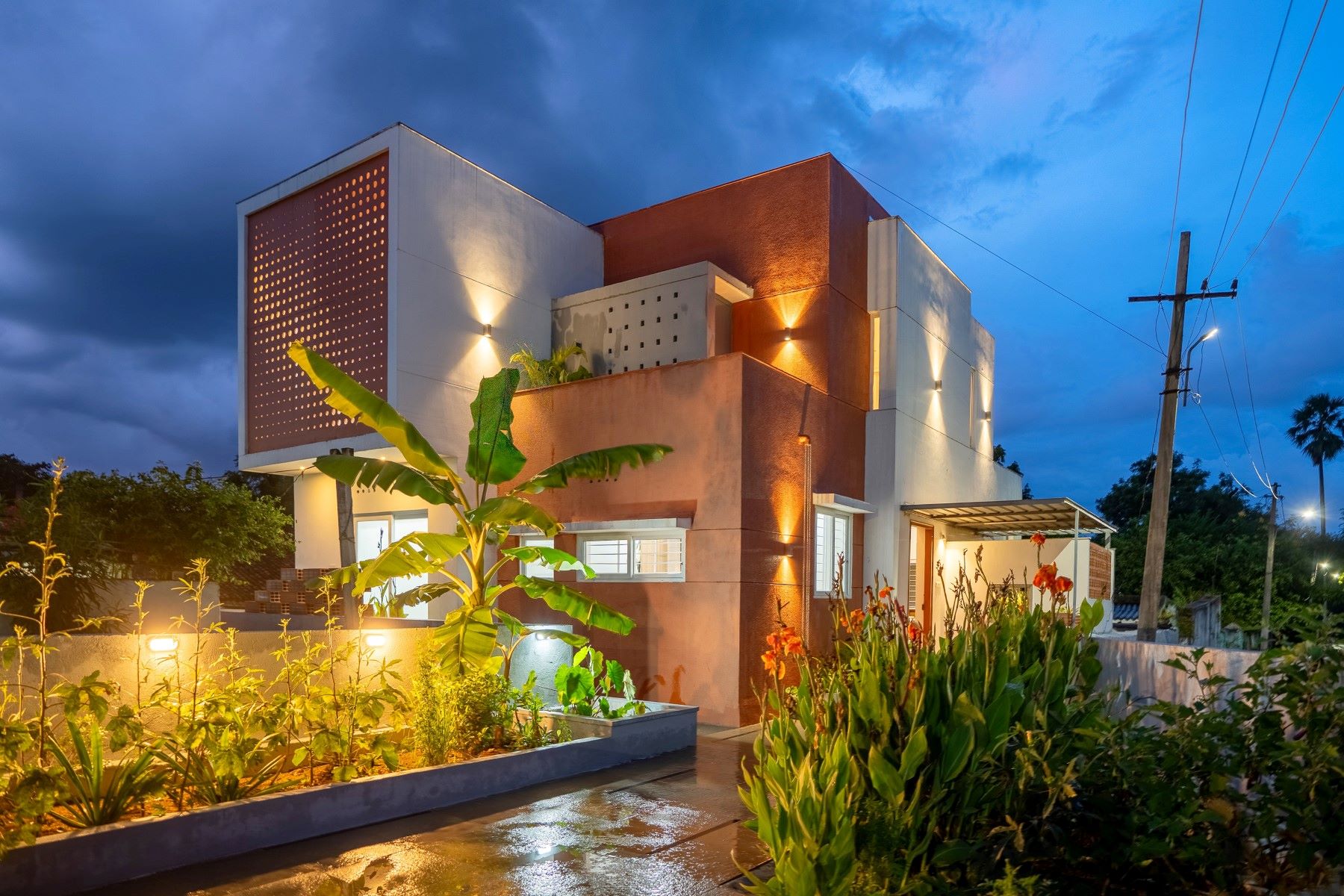At the moment only about 10% population in India speaks English, but, Architecture is mostly being talked about and taught in English across the country.
We recently launched a competition where the participants are expected to explain architectural character of a residential building in any official Indian language, except English. The idea is to the use of local language to explain the architectural character of buildings. In a way, making architectural information more accessible to people. Below, we request you to please help us translate the word ‘Architecture’ in different Indian languages.
If you are unable to fill the above form for any reason, you can access the same on by clicking the following button:


